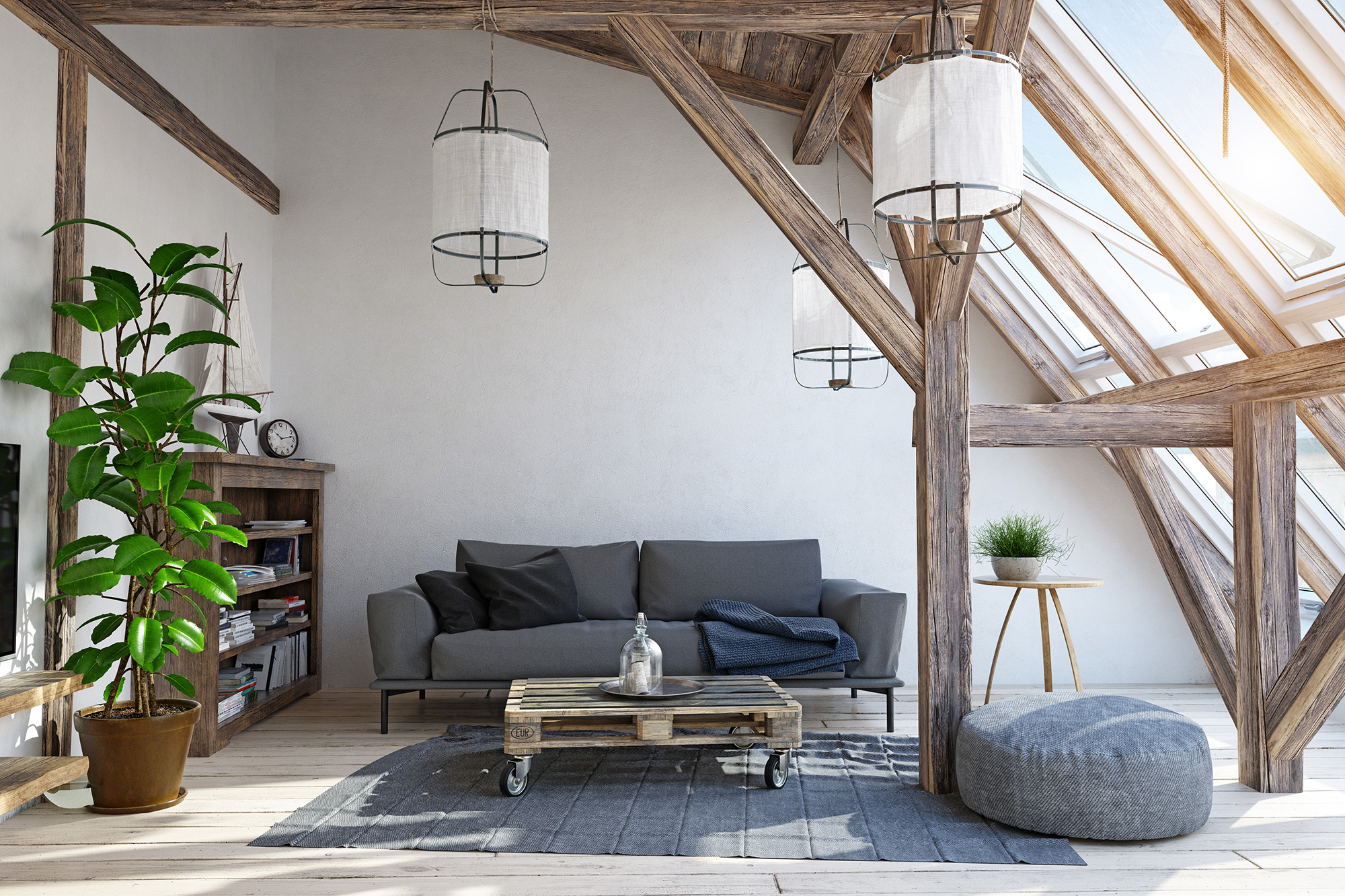Flooring underlays: Pay attention to what’s underneath
Day in day out, floors need to withstand all sorts of stresses and strains. This makes it all the more important to have a flooring system with perfectly matched components. The underlay, an additional layer between subfloor and top flooring, plays a particularly important role. It not only protects the floor surface from daily wear and tear but also from the constant load caused by heavy furniture.
If you want to enjoy your beautiful parquet or vinyl flooring for as long as possible, you should also pay attention to the choice of underlay.
Tip 1: The floor components must be perfectly matched
The underlayment is an indispensable part of the floor construction. It rests on top of the subfloor and protects the flooring above from damage, e.g. by falling objects or by furniture being moved around. Even minor unevenness of the floor can be leveled out with the right underlay. In addition, walking noise and impact sound are dampened, thus reducing the noise level both in your own home and for the neighbor(s) below.
Tip 2: Soft underlay beneath hard flooring
Depending on the flooring system, different materials can be used as underlays – from wood to cardboard, cork and rubber to foamed or non-foamed plastics. As a rule of thumb, soft underlays should always be used under hard floor coverings such as parquet. They protect against noise and reduce heat loss. This, in turn, has a positive effect on the climate and on your heating bill. Due to the thermal comfort they provide, thick, soft underlays are particularly recommended for use in rooms above the cellar. However, they can also impede the flow and transfer of heat. So be careful with underfloor heating!
Tip 3: Avoid harmful substances
A healthy home plays an increasingly important role for housebuilders and renovators. For this reason, all components of the flooring system – from the screed to the underlay and adhesive to the top covering and joint sealants – should be low-emission. Here, the EMICODE® seal on the packaging of building and installation materials provides useful guidance. Products carrying this seal meet the world’s most stringent emission limits. To ensure the long-term compliance with these limits, regular spot checks are carried out by independent experts and testing institutes.

Photo: © victor zastol’skiy/stock.adobe.com /GEV
Do You Have Questions?
If you have any questions on certain topics or want to contact us for another reason, please contact us by phone or email.
Phone: +49 (0)211 843 449 – 01
info@emicode.com
Share article on Social Media:
